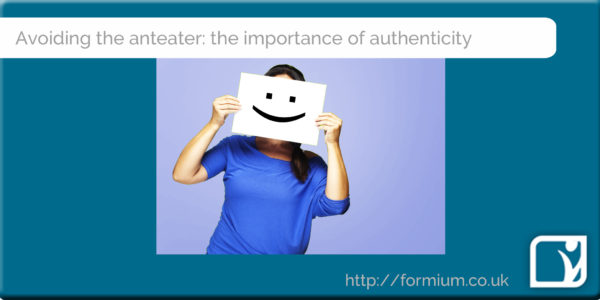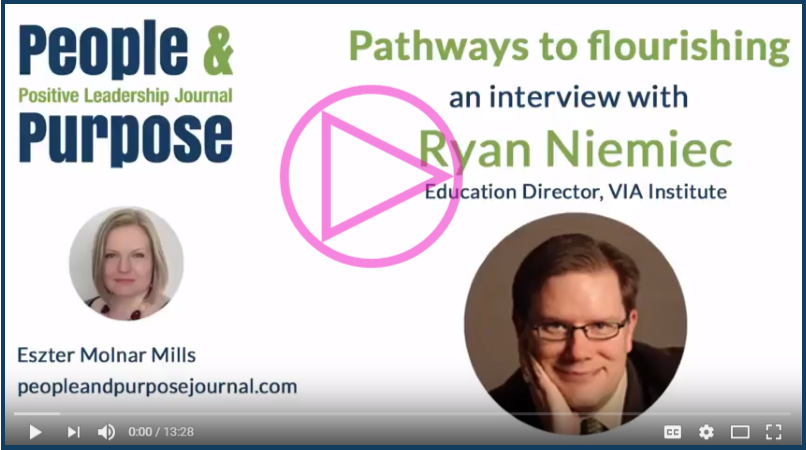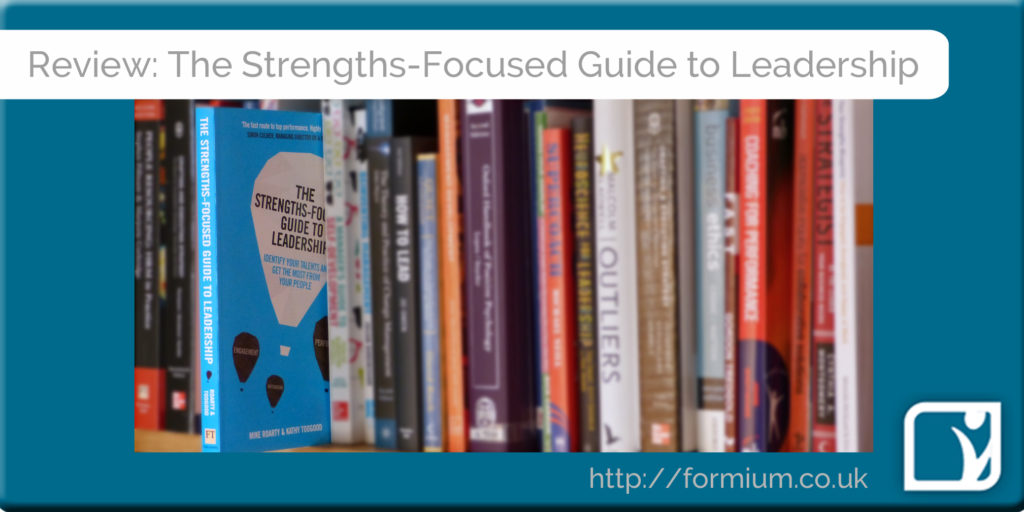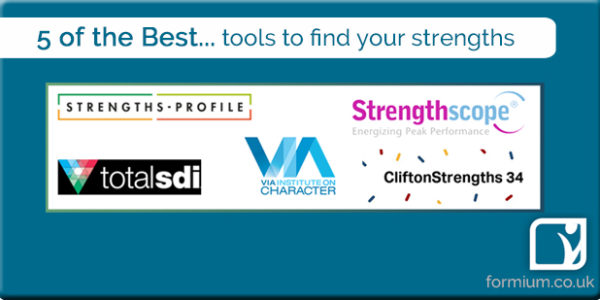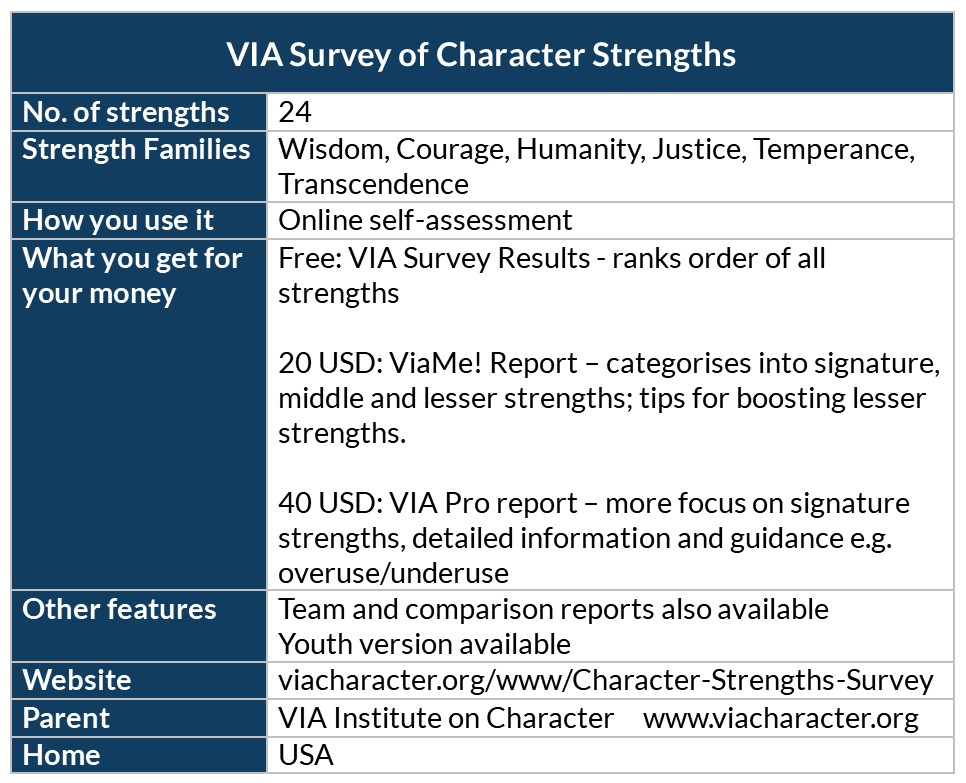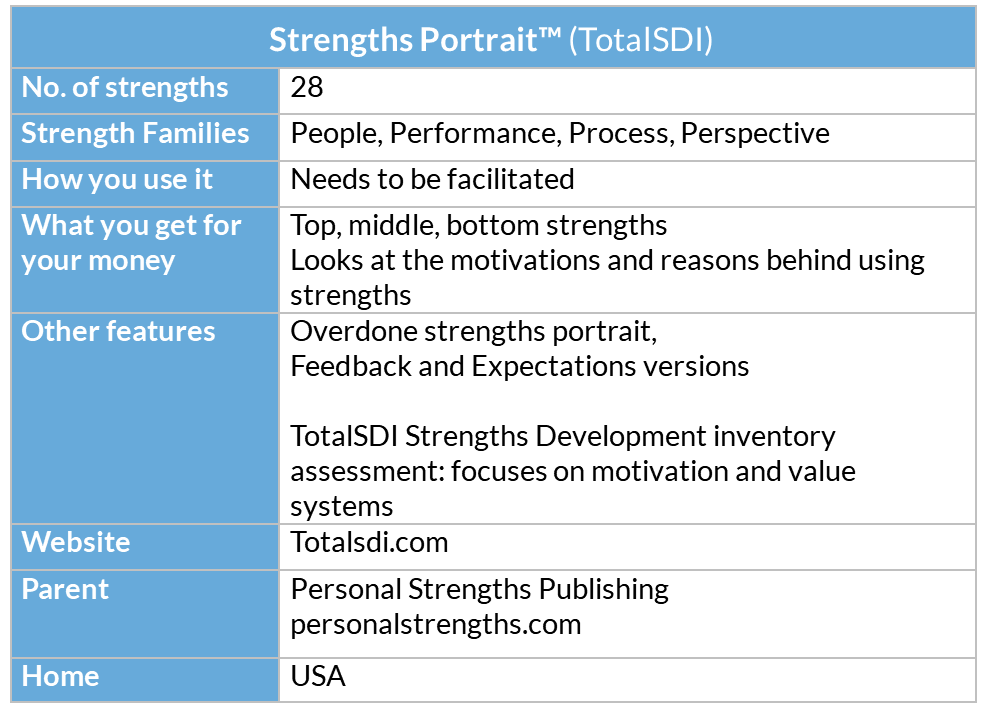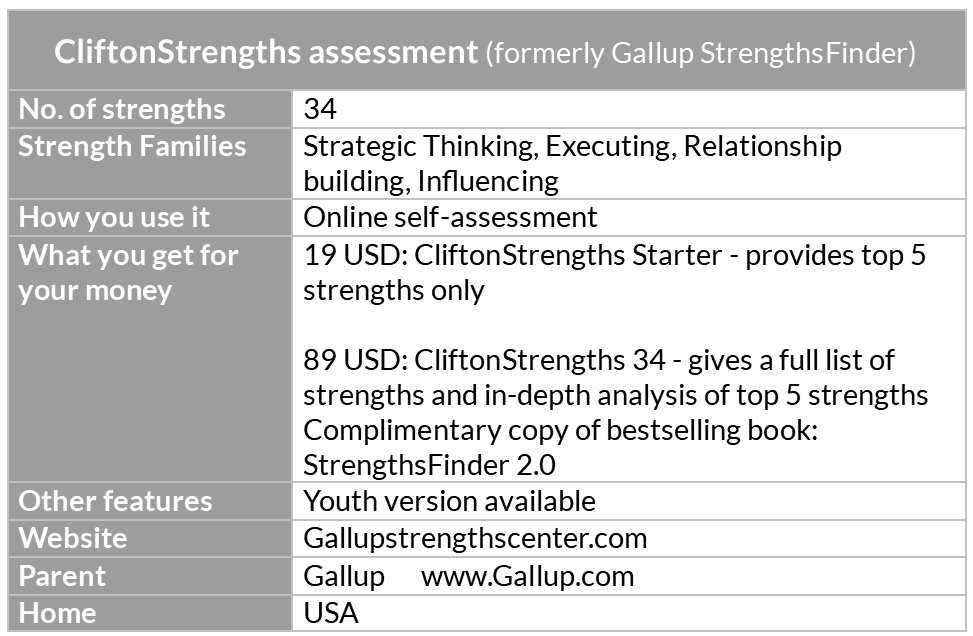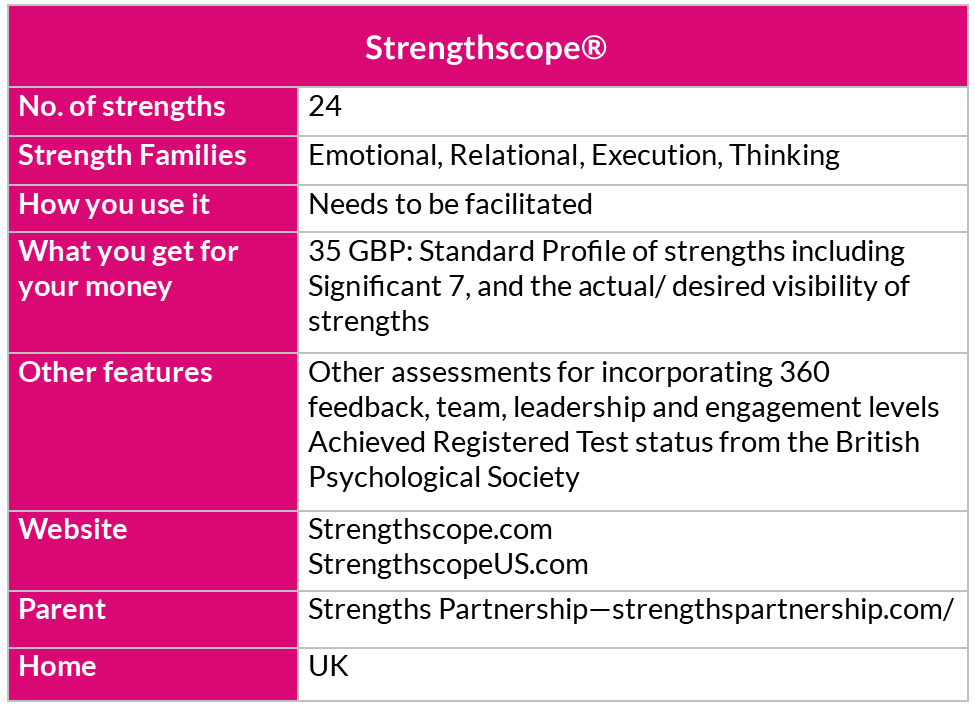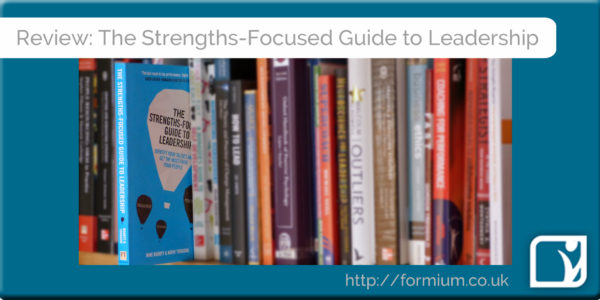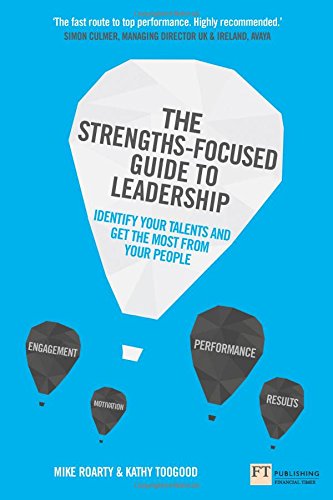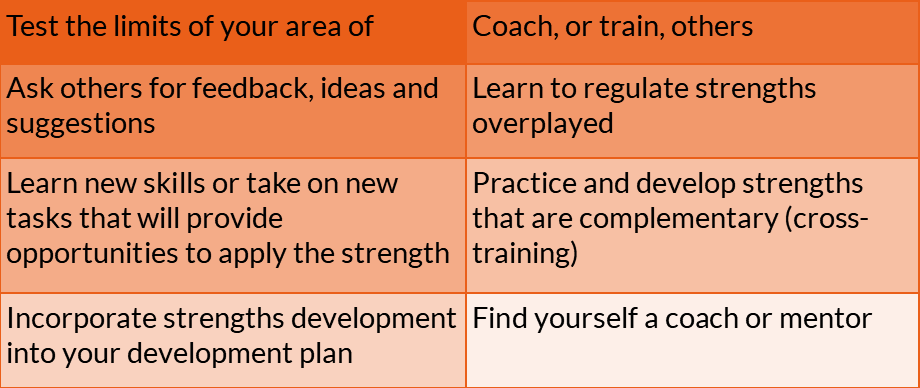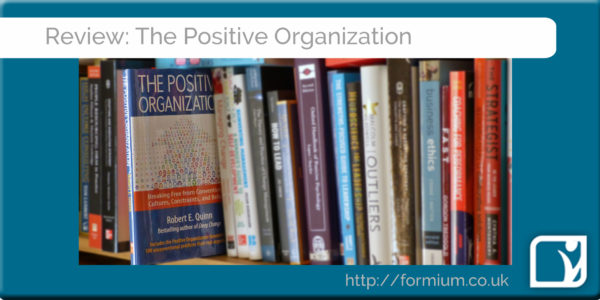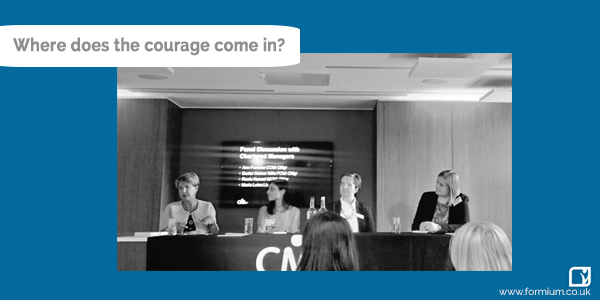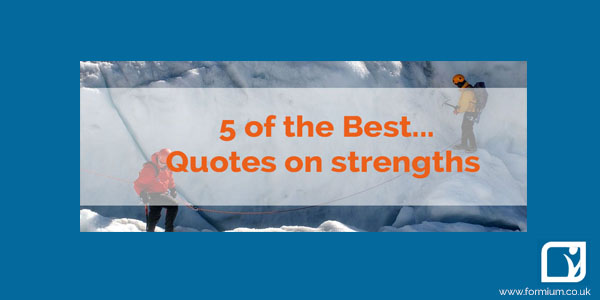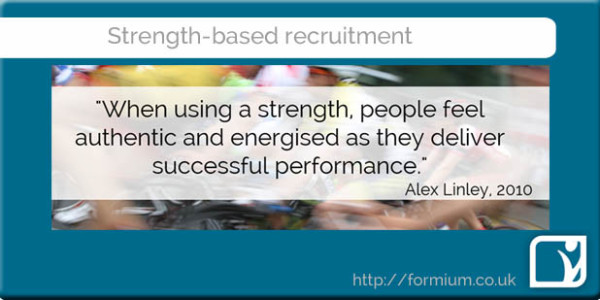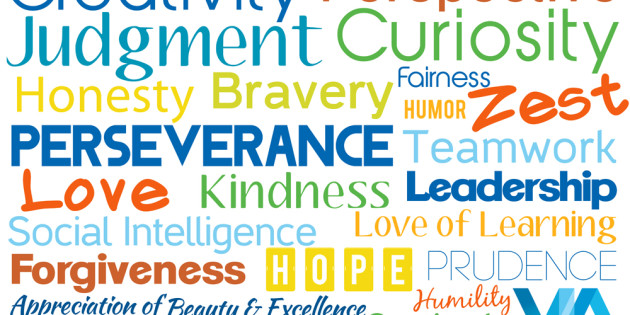In recent times we’ve grown used to the idea of ‘fake news’ and doctored photos, and even been warned about technological advances enabling ‘fake video’ – but the story a while ago of a photographer accused of using a stuffed anteater in a competition entry was sadly amusing. It was followed up by a couple of articles about the cheats regularly used in wildlife photography… like the bizarre practice of putting ants in the freezer. And all this is in contrast to – and possibly the reason for – the demand for authenticity that is current in brands, politics and a host of leadership and management books (and a fair few blog posts, too).
And this poses a dilemma for many people. We’re pretty good at looking at other people and weighing up how authentic they are. But how do you ensure that you’re being authentic, and not inadvertently being, to paraphrase Holden Caulfield, a phony? How do we remain authentic whilst operating within the parameters of corporate polices, or when the responsibilities of our role means we have to step away from our usual habits? I’m thinking about those disciplinary meetings, difficult conversations, and other situations where as a manager you might have to act in a certain way that doesn’t come naturally – ‘feeling the fear and doing it anyway’ as Susan Jeffers said.
In short, as managers and leaders we don’t always act naturally, but we should always act authentically. One of the ways in which I help leaders to do this is through using your strength, not just those things you are good at, but which energise and fulfill you. This is the key difference between strengths and skills (your ability to do something well). If you are using your strengths you will be ‘going with the grain’ – by working with what comes naturally to you, you will be authentic.
You might ask what does this mean in practice? If I have strengths of Perspective, Hope or Prudence, how is that going to get me through a team meeting, or performance review? In his recent interview with me for People and Purpose – the Positive Leadership Journal, Ryan Niemiec of the VIA institute described how you can look at each task you have to complete from the position of your top five signature strengths, and planning out how you could actively use your strengths as you complete your tasks. Here’s a very basic example of using Curiosity and Kindness strengths:
The great thing about using strengths is for those situations where you are less confident, where you have to step outside of your comfort zone. Sit down and plan ahead – how can I use what I’m good at to help me in this situation. This means that you will be authentic even if you are having to ‘play a role’ of manager.
The other thing you can do is work with the strengths of your team. If you’re getting them to align what they do with their strengths, then they will experience that sense of fulfillment for themselves. So not just increasing productivity, but reducing the likelihood that you’ll come in one day and find they’ve used a stuffed anteater…
Here’s some further things you can do:
Watch
See Ryan Niemiec’s interview in People and Purpose – the Positive Leadership Journal for more about how you can harness strengths.
There’s a video and we’ve also written up a summary to help you.
Read
For practical information and guidance about helping your team find and harness their strengths, we’d recommend the Strength-Focused Guide to Leadership by Mike Roarty and Kathy Toogood.
You can read the summary of the key ideas on our website to see if you’d like it.
 Investigate
Investigate
If you want help in finding your strengths, there are a number of different tools available, which use a series of questions to identify your relative strengths.
To simplify thing, we’ve summarised five of these tools: Investigate strengths models
